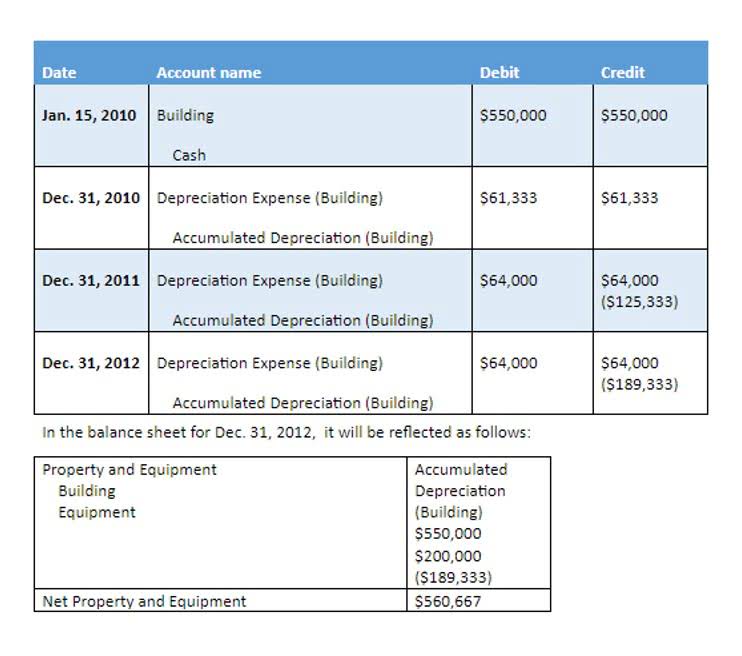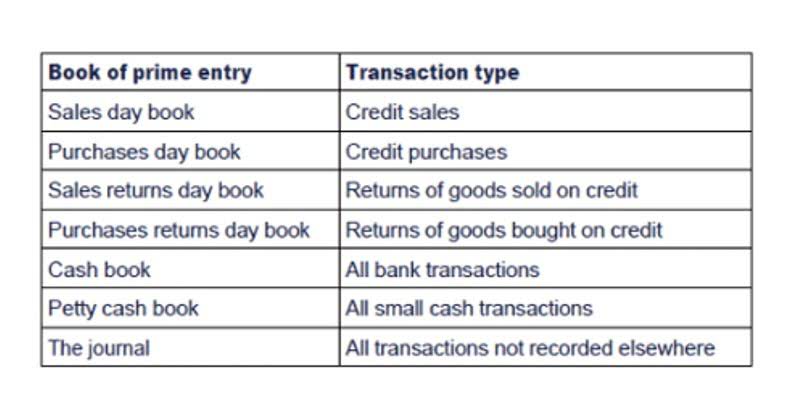Physical Address
304 North Cardinal St.
Dorchester Center, MA 02124
Physical Address
304 North Cardinal St.
Dorchester Center, MA 02124

This entry records the amount of money the customer owes https://www.bookstime.com/ the company as well as the revenue from the sale. A sales journal entry is a journal entry in the sales journal to record a credit sale of inventory. All of the cash sales of inventory are recorded in the cash receipts journal and all non-inventory sales are recorded in the general journal. The cash account is debited to reflect the increase in ABC Electronics’ cash holdings due to the sale. The sales revenue account is credited to record the income earned from selling the laptops.

Some features of a journal in bookkeeping include the date, the account name, the debit amount, the credit amount, and a brief description of the transaction. The journal also includes a reference number to link sales journal accounting the transaction to the ledger account. Journals can also be used to track tax payments and to ensure that businesses are meeting their tax obligations on time. One of the benefits of using software for journal entries is increased accuracy.

Every transaction affects two accounts, one is debited and the other one is HOA Accounting credited. ‘Debit’ (Dr.) and ‘Credit’ (Cr,) are the two terms or signs used to denote the financial effect of any transaction. The word ‘journal’ has been derived from the French word ‘JOUR’ meaning daily records.
In this case, only a single entry is passed because interest is directly paid. A business can take an amount of money as a loan from a bank or any outsider. There can be three cases related to the loss of insured goods or assets.

This journal is used to record purchases made on credit, as well as purchases made in cash. The purchases journal has columns for the date of the transaction, the name of the supplier, the invoice number, the amount of the purchase, and the amount of any discounts taken. Cycle and Bike Inc. sell Cycle and bike on a cash and credit basis, almost equal in ratio. Mr. Vivek, who has gone for internal audit in this company, draws out two random samples to validate whether the company is recording journal entries accurately. This entry increases your Bank account and records the revenue and sales tax liability. Additionally, any liabilities assumed by the buyer need to be accounted for.
The sale revenue record depends on the cash installment collected from the buyer. The deferred gross profit depends on the percentage of gross profit over sales. In addition, the company needs to record sales, and cost of goods sold and reverse the deferred gross profit.
Credit sales occur when you provide goods or services but expect payment later. You issue an invoice with specific payment terms, usually ranging from 15 to 90 days. Sales journal entries fall into two categories based on when you receive payment. Therefore, the journal, wherein the transactions which cannot be directly recorded in a particular journal are recorded, is called journal proper. At the time of sale, the value which is exempted from catalog price as per terms by the seller to the purchaser is called trade discount.
Note there isa single column for both the debit to Accounts Receivable and thecredit to Sales, although we need to post to both AccountsReceivable and Sales at the end of each month. There is also asingle column for the debit to Cost of Goods Sold and the credit toMerchandise Inventory, though again, we need to post to both ofthose. Incorrect amounts in journal entries, whether from simple calculation errors or typos, can significantly distort your financial data. Misinterpreting transaction details is another common source of errors. If you’re unsure about the specifics of a transaction, always refer to the source documents, such as invoices or sales receipts. For example, accidentally recording product sales as service revenue can skew your financial reporting, as pointed out in HubiFi’s Journal Entries Revenue Guide.